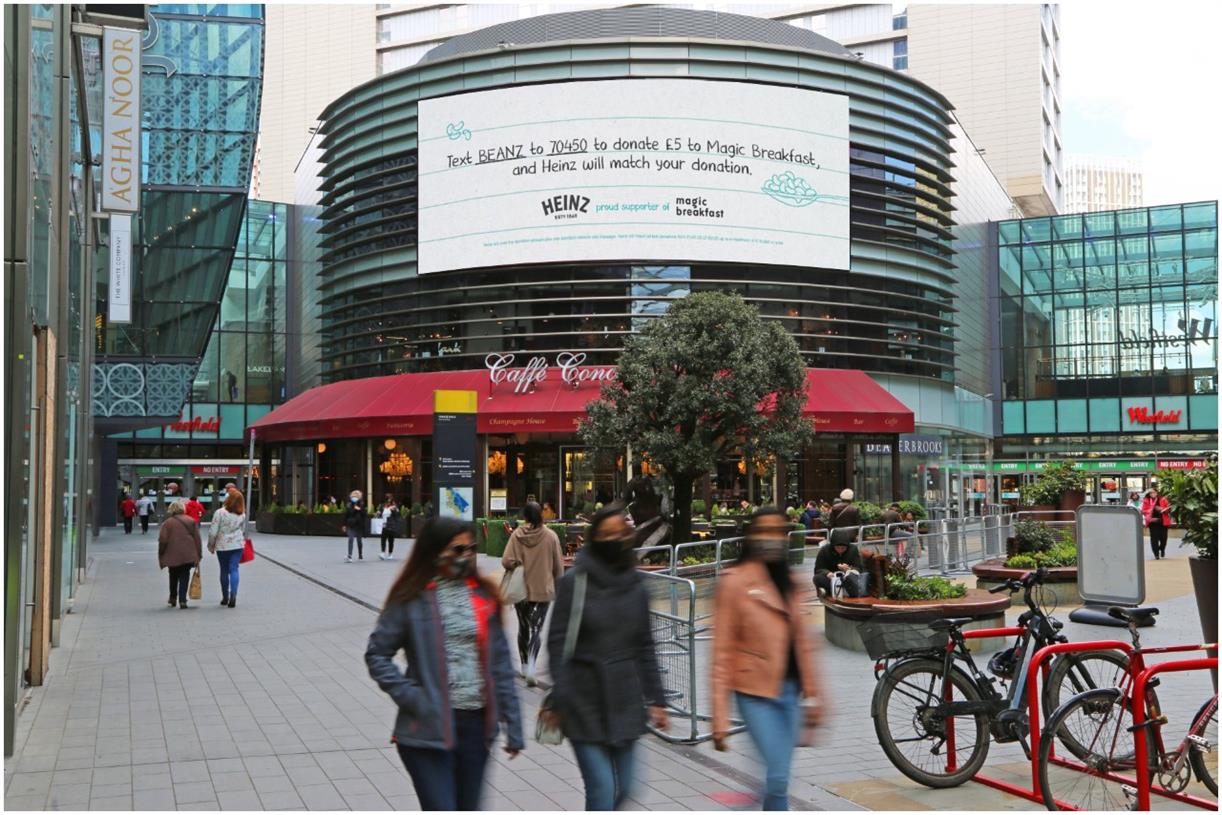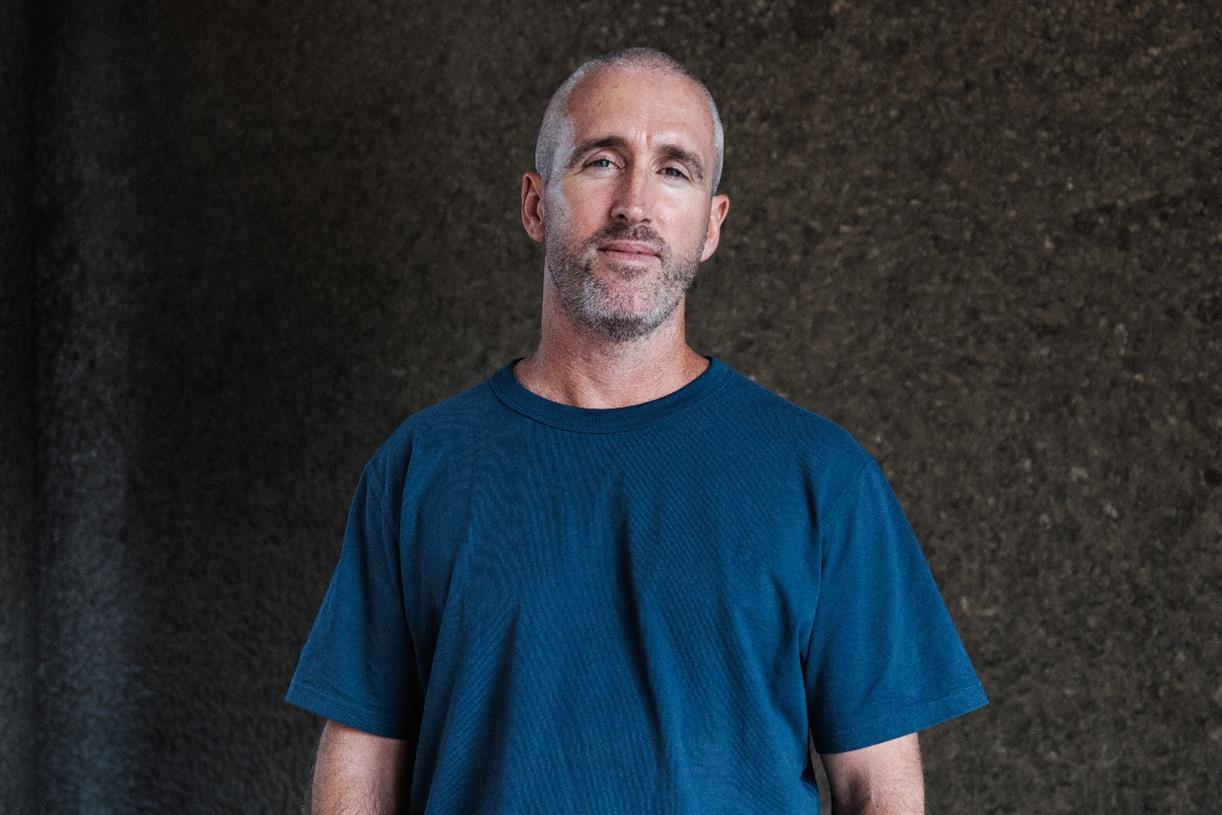Is your strategy effective or commercially successful?
The industry needs a new formula to achieve 'total effectiveness'.
_1.jpg)
It’s fair to say that effectiveness has been topical in the past few weeks. Grace Kite published findings proving that advertising effectiveness – having dipped between 2005 and 2016 – is no longer in decline. This is great news for commercial effectiveness and for the industry.
Then Steve Harrison argued that the changes to the IPA Effectiveness Awards criteria will dilute the link between advertising and effectiveness. To which [McCann's] Harjot Singh argued back, saying that judges are still looking to reward entries that increase financial value through communications activity. He said the change of the term of "financial return" to "value creation" is designed to recognise the entries that aren’t driven by a financial payback.
As these examples show, there is nuance to all of these arguments about effectiveness. But is the way we talk about effectiveness nuanced enough? Is the term "effectiveness" broad enough and fit for purpose for the world in which we now live and the conversations we
need to have? I don’t believe it is – and that it’s the responsibility of the strategy and data disciplines to change the conversation about effectiveness.
Of course, it’s our job to find ways to help our clients achieve their commercial goals. We must not deviate from this; clients pay our bills to help them make money. However, is it acceptable or sustainable that we achieve these commercial goals no matter the cost to the
environment, communities and society at large? Is growth at all costs ethical or sustainable?
Philosophical debates about the future of capitalism aside, let’s focus on the practical trade-offs for a moment. For instance, a client might be sustainable in terms of its CSR goals but how does this square with the environmental impact of the digital infrastructure needed to
power its digital marketing? An agency and client team may have smashed their commercial targets by delivering an integrated campaign but has the work been made equitably and diversely?
I think we need to ask ourselves a key question when we talk about effectiveness. Namely, is our strategy effective or is it commercially successful? As strategists and data folk we all have in mind the question, "what does success look like?” as we respond to client briefs. Commercial success is one element but I think we need to broaden our view to include societal, sustainable and equitable effectiveness too.
Sustainably effective activity is about understanding the total sustainable impact of a client’s marketing. Imagine your client is in the energy efficiency space. Then, as strategists, we should be considering the energy efficiency of the digital infrastructure required to market that company – and that should be thought of up front before committing to solutions.
NBA’s Top Shot is a great example of sustainable effectiveness. It’s a marketplace where basketball fans buy NBA highlights in the form of NFTs. Without getting too technical, it operates on a type of blockchain that, instead of needing huge amounts of electricity to ensure the ledger is accurate, requires users to lock up some of their cryptocurrency tokens. That means no computers are required to solve complex puzzles, removing those emissions.
Equitably effective activity is work that embeds DE&I into the way in which the work is created. In other words, focusing on who conceives, makes and markets the products and services. Digitas’ internal CV anonymisation tool – using data and tech smarts to limit the influence of bias upon recruitment decisions – is designed to achieve equitable effectiveness. And, of course, we know that DE&I also has a direct relationship with commercial effectiveness too.
If we start to explore the impact of the work we create in this broader way, then we need a new equation for effectiveness and a new way to measure it. We need something that conveys effectiveness in its entirety; a new definition of effectiveness that is geared towards achieving what I call "total effectiveness". This equation brings together the commercial and societal and sustainable and equitable impact of what we do into one place (there could, of course, be more variables).
To start with, the equation will include negative values as we have to offset the negative impact of what we do, indeed, think of it as "effectiveness offsetting". But eventually, as activity matures, we will see activity that uses each of the parts of the equation as multiples of one another – not just in terms of addition and subtraction (see my point about equitably effective work above).
Of course, reframing effectiveness in this way raises new questions. How do we ensure that total effectiveness strategies are synchronised across marketing and the wider organisation? How do we plan for all of the unintended consequences and involve the right people and departments at the start of any activity? How do we ensure that success measures are geared in the right way to achieve total effectiveness across the organisation? How do we actually measure total effectiveness in a consistent and easy way?
We have to start somewhere. And I think this should be your next client brief. When you’re working on it, ask yourself these questions: is the strategy I devise going to be effective? Or commercially successful? What else should I be considering? We can start to reframe what it means to be effective. And help our clients strive for total effectiveness.
Matt Holt is chief strategy officer at Digitas

 Kass
Kass 
































